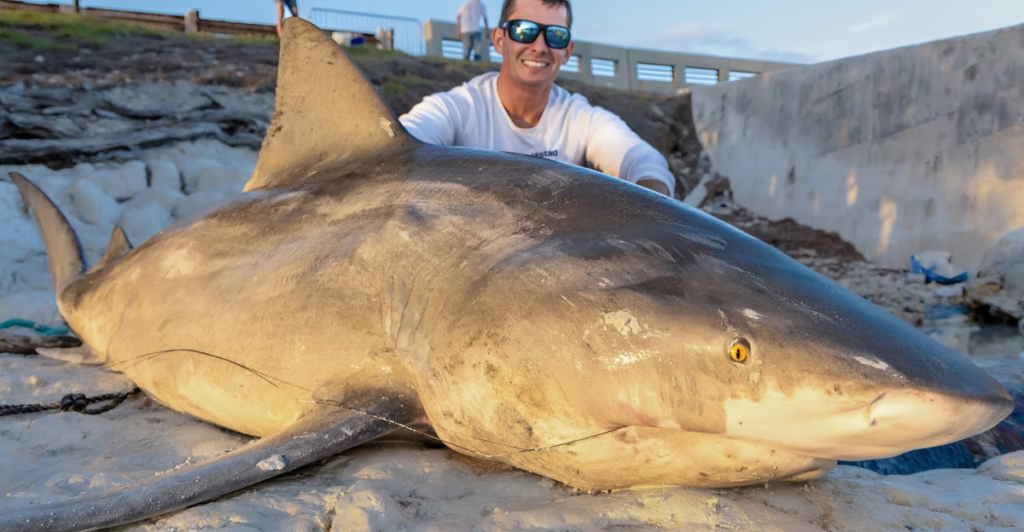
It might surprise some to know that sharks can be found in the Mississippi River. Among the very few shark species that can survive in freshwater, the bull shark (Carcharhinus leucas) reigns supreme. Known to be aggressive and adaptable, the shark species has surprised scientists by traveling hundreds of miles from the Gulf of Mexico inland to the Mississippi River.
Their presence begs the question: why come to a river known for steamboat activity and catfish? Now, scientists wonder what their presence might mean for local ecosystems and the humans that frequent the area.
Here, we discuss the evolutionary marvel that is the bull shark, taking apart its surprising migration patterns and debunking the myths and realities of these apex predators dwelling in America’s heartland.
Bull Sharks: Evolution’s Freshwater Pioneers
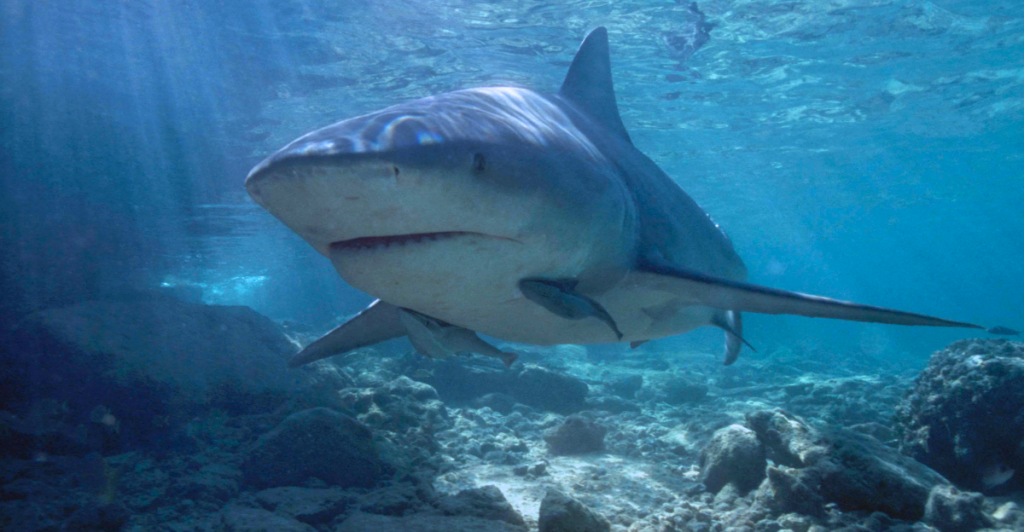
Bull sharks are biological anomalies within the genus. While most sharks can only survive in the ocean’s salty waters, bull sharks have adapted to regulate their own internal salt levels, a process known as osmoregulation. This allows them to inhabit both freshwater and saltwater environments.
They are typically found in tropical and subtropical oceans worldwide, along coastlines, and far inland through river systems. Their evolutionary advantage has enabled them to colonize waterways such as the Mississippi and Amazon rivers and even Lake Nicaragua.
Their kidneys and specialized glands conserve salt and store urea, allowing them to remain buoyant and functional despite changes in water salinity. Bull sharks are, therefore, simply referred to as “amphibious sharks”—a distinction rarely seen in the animal kingdom.
From the Gulf to the Heartland: Just How Far They Go
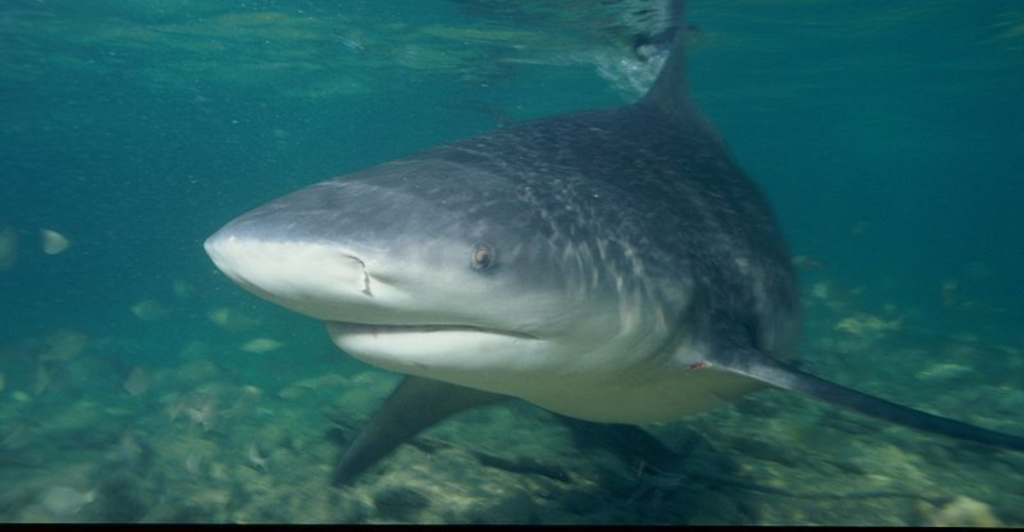
Surprisingly, bull sharks can swim upstream. In the Mississippi River alone, they’ve been seen as far north as Alton, Illinois—almost 700 miles from the Gulf of Mexico. One particularly famous sighting occurred in 1937 when two fishermen caught a bull shark near St. Louis. Similar sightings have been recorded worldwide, including when some bull sharks swam more than 2,500 miles up the Amazon River.
Such extensive movements are not by chance; they showcase not only the species’ endurance but also their ability to exploit freshwater ecosystems for hunting, breeding, and safety. With no real predators in these freshwaters to worry about, bull sharks can dominate these new territories while staying hidden from humans.
Why Sharks Enter Freshwater in the First Place
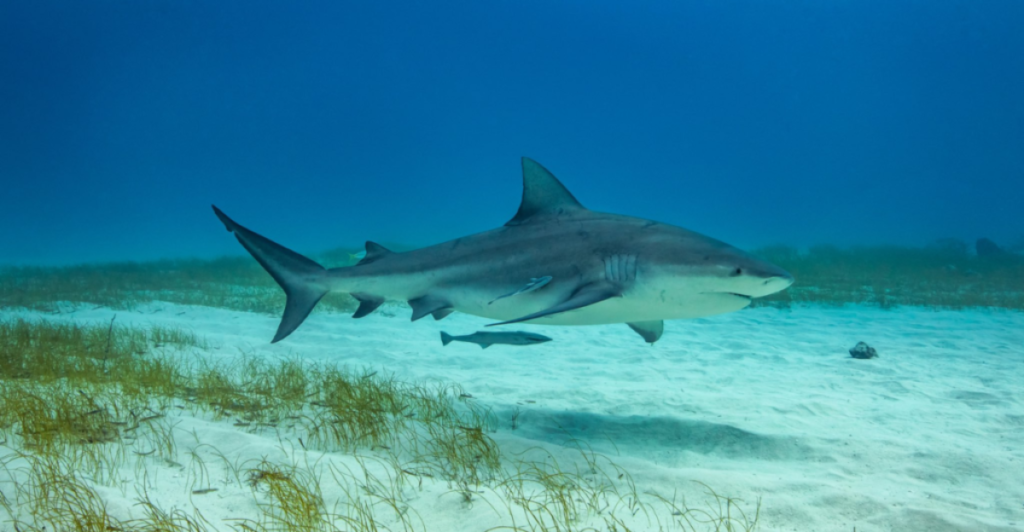
The species’ physiological abilities enable them to enter river systems, but understanding the reasons behind this behavior offers insights into their survival strategies. Freshwater habitats, such as the Mississippi, offer significant advantages.
They contain plenty of food, such as carp, catfish, and bass, and provide sanctuary from ocean predators. Rivers also serve as ideal nurseries for newborn bull sharks, shielding them from rivals and offering peaceful waters in which to grow. Further, breeding females can use rivers as comparatively safe birthplaces.
These river shortcuts are not just survival mechanisms, they are part of a larger ecological cycle that supports the species. As ocean temperatures rise and coastal pollution increases, rivers might serve as a temporary ecological haven for bull sharks.
Are Bull Sharks Dangerous to Humans?
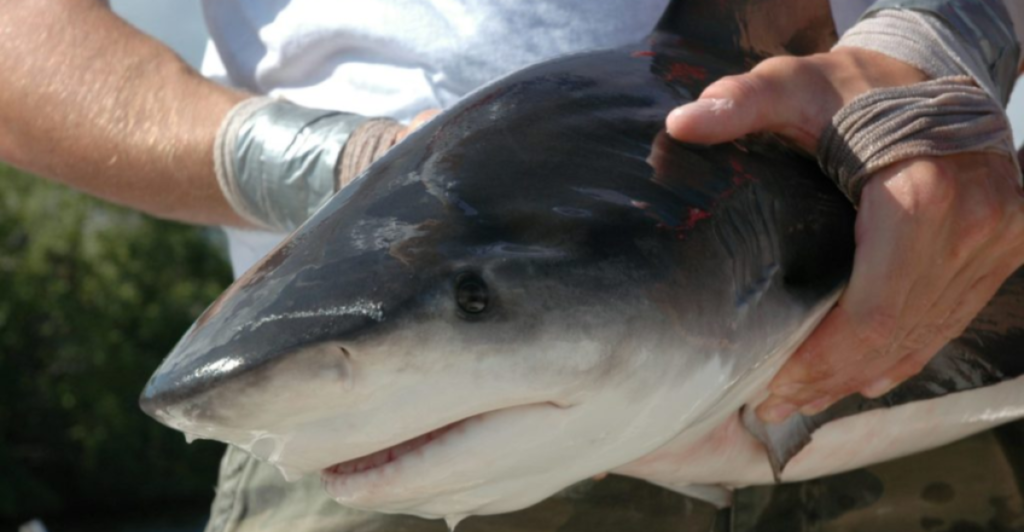
Bull sharks are unequivocally among the most dangerous shark species. Alongside tiger sharks and great whites, they belong to the “Big Three” and are responsible for the majority of unprovoked shark attacks on humans.
Their proximity to coastlines and shallow waters increases the danger. Although context is important, shark attacks in freshwater environments are relatively uncommon. There have been over 120 reported incidents involving bull sharks, with only a few occurring in rivers. Most bull sharks avoid humans except when provoked or confused, especially in waters with low visibility.
That being said, prudence is always the better part of valor: swimmers and boaters in areas where bull sharks are known to inhabit should avoid swimming at dusk and dawn swims, which are the shark’s prime hunting times.
Ambush Artists: How Bull Sharks Hunt in Rivers
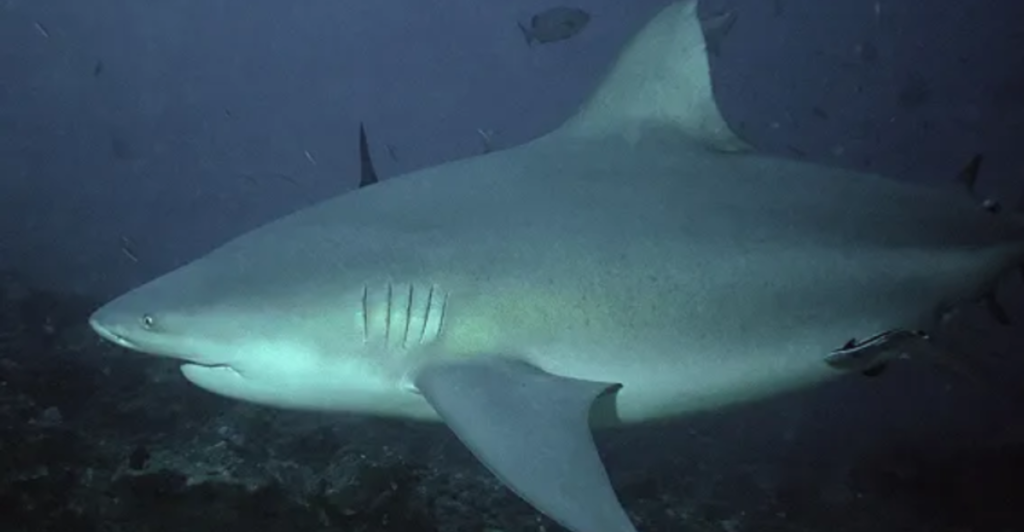
In freshwater ecosystems, bull sharks eat catfish, carp, freshwater eels, and the occasional bird or mammal that ventures along the water’s edge. They are opportunistic apex predators with a strong, muscular physique that allows for short bursts of speed.
In freshwater, such as the Mississippi River, the water can be murky, and visibility is poor, so these sharks rely on other tools besides sight. They use a technique called “bump-and-bite,” testing unfamiliar objects—including prey—before attacking at full speed.
Their primary senses are electroreception (the ability to detect electrical pulses from muscle contractions in nearby animals) and a keen sense of smell. Supported by their excellent lateral line system, which detects vibration and movement, bull sharks are perfectly suited to hunting for food in dark environments.
The Mississippi River: A Shark’s Perfect Storm

You might be wondering why the Mississippi River is such an attractive location for bull sharks. Firstly, its warm water allows for the shark’s tolerance zone to expand, pushing them further inland, especially in the summer months, and abundant prey makes for a bit of a fish buffet.
The Mississippi’s large estuarine system also serves as a natural highway facilitating their movement from saltwater into freshwater. Fossil evidence confirms that there is a history of sharks in North America’s interior waterways, suggesting that the Mississippi has been a bull shark corridor for millennia.
As global warming increases coastal and interior waters, bull sharks are likely to swim even farther upstream, highlighting an interesting, if concerning, shift in predator geography.
Real Sightings, Real Science: Bull Sharks in the Wild
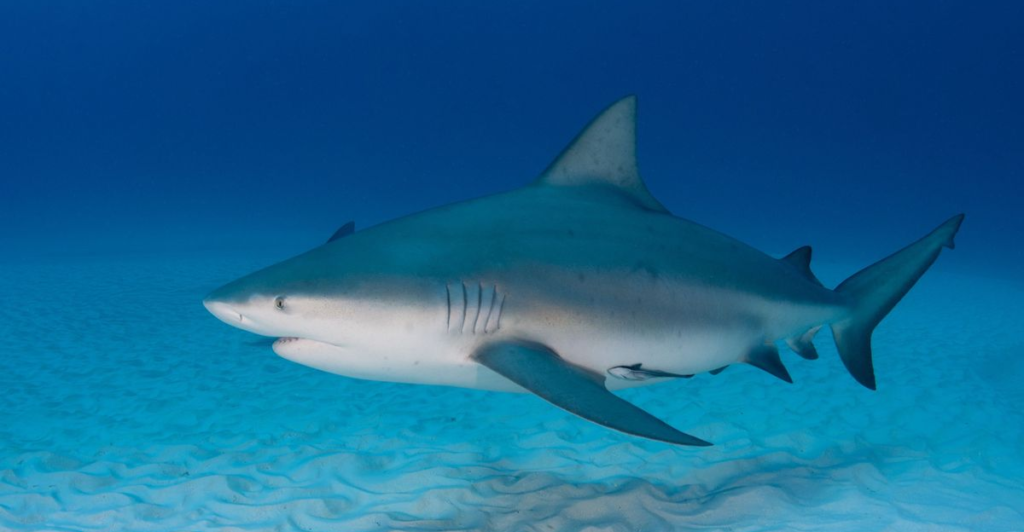
Confirmed sightings provide us with critical information about bull shark behavior. The first noteworthy sighting was in 1937 off Alton, Illinois, when two fishermen caught a bull shark 1,100 kilometers inland. The second notable sighting, in 1995, was off Festus, Missouri.
Both were initially discounted until scientists confirmed them. They were not isolated cases, either. Instead, scientists found further evidence that bull sharks undertake these long excursions on a daily basis.
In Australia, the sharks have been tracked more than 100 kilometers inland, and in the Amazon, they’ve been spotted more than 2,500 miles from the ocean. New tagging techniques and sonar tracking now reveal just how dynamic and complex these migration routes can be, transforming our understanding of freshwater predator ecology.
Ecosystem Role and Conservation Concerns
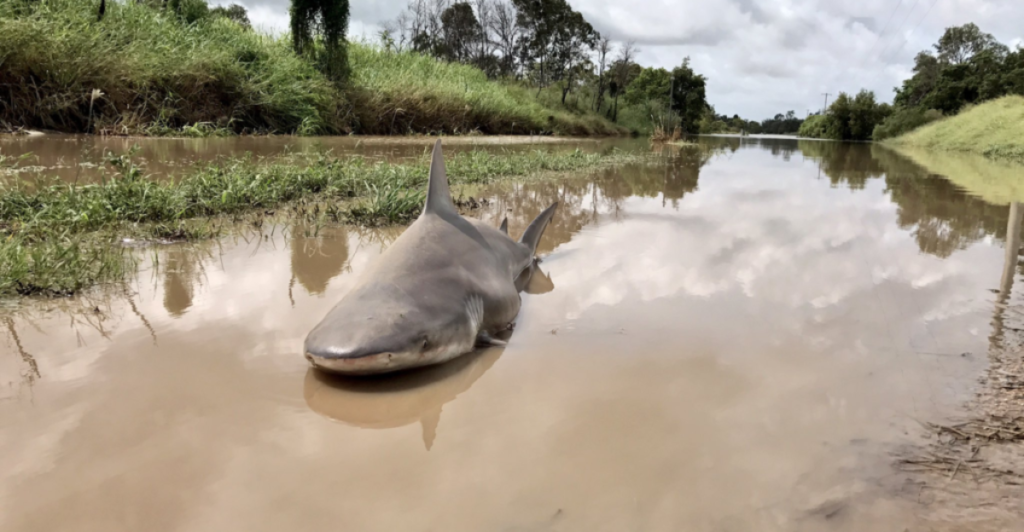
As apex predators, bull sharks play an important role in marine and freshwater ecosystems. They maintain species equilibrium by consuming smaller or slower animals, indirectly enhancing biodiversity.
However, this doesn’t protect them from harm. The International Union for Conservation of Nature (IUCN) classifies bull sharks as “Near Threatened” due to overfishing, habitat destruction, and pollution. Further, they are highly prized on the international black market for their fins, so they are frequently illegally fished.
Moreover, dams, polluted water, and a reduction in river flow from human activities interrupt their breeding habits and migration routes. Holistic conservation strategies include marine and freshwater resource planning, reduction in pollution, and community awareness to change negative perceptions of these misunderstood predators.
Sharks and Humans: Coexistence Is Possible
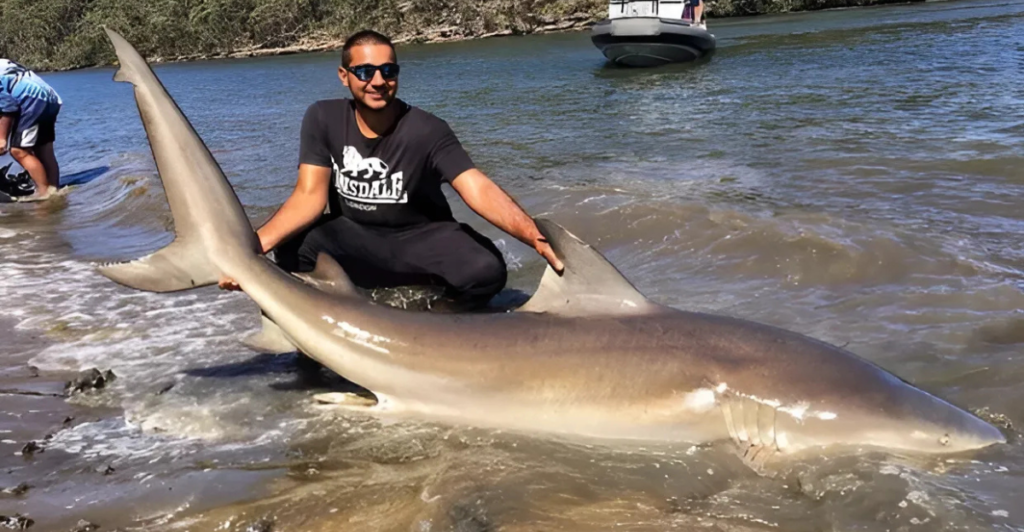
Bull sharks aren’t monsters—they’re misunderstood. As we learn more about their behavior and ecological value, it’s clear that coexistence is not only feasible but also inevitable.
Public awareness campaigns and improved reporting systems have already reduced panic and increased safety measures in coastal and riverine communities. In addition, scientists and conservationists are demanding stronger protections in both saltwater and freshwater environments.
While it is essential to acknowledge the power of these animals, it is equally important not to vilify them. By enhancing our understanding of bull sharks and their movements into rivers such as the Mississippi, we can make informed decisions that promote safety, conservation, and the overall health of aquatic ecosystems.
Explore more of our trending stories and hit Follow to keep them coming to your feed!

Don’t miss out on more stories like this! Hit the Follow button at the top of this article to stay updated with the latest news. Share your thoughts in the comments—we’d love to hear from you!







